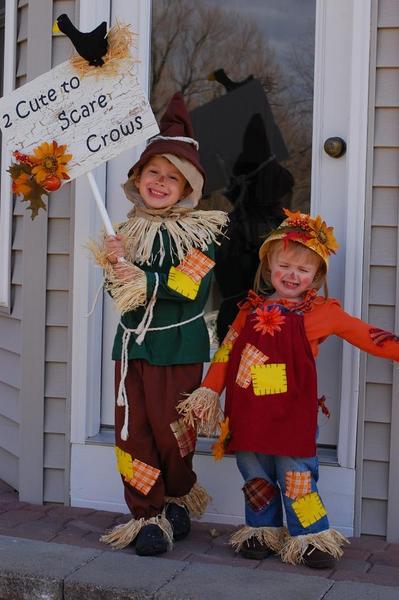
Prevention and preparedness are important for every situation when it comes to children with food allergies. Since Halloween presents its own special challenges, we've taken the strategies from our Quick Guide to Practical Food Allergy Management and come up with some special tips you can use to make sure your little ones stay safe this Halloween.
PREVENTION: It is important to ACT to prevent an allergic reaction.
AVOID: Labels should be read prior to eating the food. Ingredients can change without notification. Get familiar with current labeling laws and how they relate to your specific allergens. Most importantly, if you are unsure if an item is safe, do not eat the item!
COMMUNICATE: The child, all caregivers and anyone responsible for food preparation should know about the allergy.
TEACH: Educate all caregivers who have responsibility for the child. Include children in developmentally appropriate self management skills (hand washing, allergen avoidance, saying “no thank you,” reporting symptoms, etc.).
PREPAREDNESS: Be prepared to REACT.
RECOGNIZE ANAPHYLAXIS (a severe life-threatening allergic reaction): Be comfortable knowing which symptoms suggest a severe allergic reaction and when to use self-injectable epinephrine. This should be discussed with your healthcare provider. A written allergy action plan is very helpful in an emergency and in training others who care for your child. Ask your healthcare provider to fill one out for you and explain it to you.
GIVE EPINEPHRINE: Epinephrine is the first line treatment for anaphylaxis. Always have self-injectable epinephrine available. It is wise to have two doses at hand as some people may need a second dose. Discuss this with your healthcare provider. Practice with training devices and make sure that you are comfortable enough to not only give epinephrine if needed, but to teach other caregivers how as well.
ACTIVATE EMERGENCY RESPONSE: After treating with epinephrine, call your local ambulance service and tell them that a child is having an allergic reaction and may need more epinephrine. (An ambulance should be called not because epinephrine is dangerous, but because the allergic reaction was severe, needed to be treated with epinephrine, and may need more treatment.)
Accidental exposures to food allergens happen despite the utmost care parents take to avoid them. Allergic reactions can be unpredictable and subsequent allergic reactions can result in anaphylaxis even if prior reactions were minor. So you, your child and your child's care providers must always be prepared to react immediately to treat anaphylaxis.
For more information, save/print KFA's one-page Practical Food Allergy Management Quick Guide written by Dr. Michael Pistiner.
This article was originally published in the KFA e-newsletter October 2011.



Comments (0)